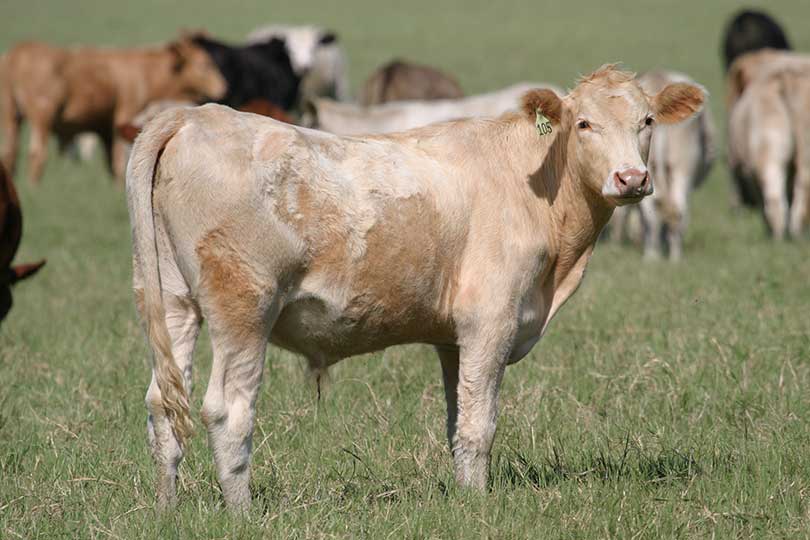By Jennifer Dorsett
Field Editor
Fall is almost here, which means it’s about time for cattle feeder operations to purchase calves and yearlings.
There are several things feeding operations can do to ensure they maximize profits, according to Dave McClellan, a consulting cattle nutritionist from Fremont, Nebraska.
Evaluating calves received is an important first step.
McClellan, who consults for family farmer-feeder operations across the Midwest, said use of a ranking system can greatly assist feeding operations in determining risk and handling.
He uses the following five categories:
- Low Risk: Animals from a known source that are preconditioned and weaned for a minimum of 45 days (VAC-45) or with a solid health history and that weigh 650 lbs. or more.
- Moderate Risk: Animals that are preconditioned and weaned and weigh more than 650 lbs.
- High Risk: Unweaned animals.
- Ultra-High Risk: Unweaned animals that have been put together from different herds or sources.
- Undesirable: Animals that are unweaned and put together, mixed sex, “ugly” or sick coming off the truck.
“Nobody wants them, but we all have had some of last two categories,” McClellan wrote in a recent Drovers article. “More frequent, smaller feedings offer opportunities to detect issues sooner. We also get a fair number of cattle lighter than 650 lbs., but we manage them the same, just adding a few more days between steps.”
Giving calves time to rest and acclimate to their new environment before processing is another crucial factor in success.
McClellan’s preferred method of introduction before processing is to rest calves in a clean pen with plenty of space and fresh water for 12 hours per 300 miles of transit. For example, an animal that came from a ranch 450 miles away would be rested in the pen for 18 hours before feeding.
Feeders should allow additional time if the cattle stood overnight at a sale barn or corral, he noted.
Pen the calves close to the processing center with good grass or oat hay available, observe them often and refeed to appetite. After 24 hours, McClellan recommends offering one lb. of starter rations per 100 lbs. of body weight, covered with 1-2 lbs. of hay. Next, he recommended putting the hay underneath the ration and decreasing the amount, then discontinuing the hay entirely after another two days.
Brown sugar is an effective attractant sprinkled on top of rations or hay when cattle aren’t eating enough. McClellan noted controlled-intake molasses tubs will also work and can provide additional nutrient fortification.
Yearlings are worked in much the same way, though McClellan said it’s fine to move quicker on intake and ration changes. He said the most common problem seen in yearlings that he doesn’t see in calves is mounting behavior.
“There are passive ridees and active riders,” he wrote. “Remove the passives to avoid death and/or injury, but identify the actives as they may need to be removed from the pen to avoid additional problems.”

